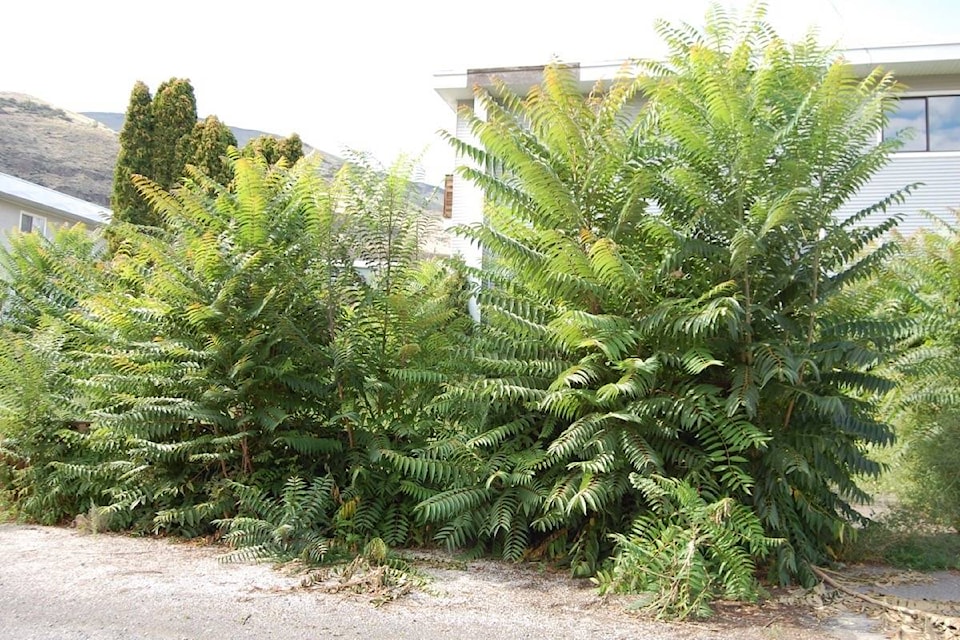Ashcroft is being offered a helping hand in eradicating invasive plant species in the village.
The Thompson-Nicola Regional District (TNRD) has invited the village to participate in a regional invasive plant species management program, which would provide landowner assistance, as well as regional coordination, education, and outreach. The program would cost the village $10,000 a year, or a maximum of 2.5 per cent of the program’s total budget.
Council will consider the request at its next meeting on Feb. 22. If Ashcroft and other municipalities agree to opt in, the TNRD will then amend its service bylaw to include municipalities before sending it for a final resolution to all councils.
“Weeds don’t follow boundaries on a map,” Jamie Vieira, the TNRD’s manager of environmental services, told council in a delegation on Feb. 8. “Unfortunately, the weed issues in surrounding electoral areas don’t stop when they see the Ashcroft municipal sign. What we’re seeing is more and more invasive plant issues in urban and semi-urban areas.
“We’re also finding more landowners within municipalities calling us asking for help to identify or treat weeds, but they don’t qualify for the service.”
The TNRD Invasive Plant program was established in 1976 with the specific purpose of funding knapweed control on private ranch lands. The service was established as an Electoral Area (EA) service funded by taxation of properties in all 10 TNRD electoral areas. Member municipalities were not included in the service at the time, because weeds were seen as only an agriculture problem and the service was designed specifically to assist farms and ranches.
The expansion would provide similar services to municipalities and individuals. Vieira said that more municipalities involved will “help and improve invasive plant services regionwide.”
B.C. has 850 alien plant species, of which 175 are known to be invasive, said Coleen Hougen, the TNRD’s invasive plant management coordinator. A 2009 impact assessment found damage from invasive species was anticipated to cost $139 million a year by 2020.
Ashcroft is already seeing invasive species within the village limits, including the Tree of Heaven, an aggressive tree species seen on Tingley Street, as well Japanese knotweed, which is similar to bamboo but has a hollow stem, and roots that can penetrate hard materials and potentially damage infrastructure, home foundations, and public amenities. It has been found on Barnes Road. Hoary alyssum, which is toxic to horses, has also been spotted in the Cornwall Creek area, west of town.
“The threat’s really quite real,” Hougen said.
Giant hogweed, a toxic weed prevalent in the Fraser Valley, isn’t here yet but is close, she added. “It could become a public safety concern if this plant was to establish in Ashcroft,” she said. “If it does show up it would be good to have those services available to remove it before it spreads.”
editorial@accjournal.ca
Like us on Facebook and follow us on Twitter
